Si Steers explains how recent headlines from the latest accounts don’t paint the full picture of the financial situation at the club.

If the headline news from your company accounts is a £40.5m loss and a rise in debt by a third that isn’t an immediate reason to feel optimistic.
But looking beyond the headline numbers at Liverpool has become an important part of the process when looking towards progression. Whilst there are always areas for concern when you post a loss with rising debt; the recent headlines from the latest accounts don’t paint the full picture of the financial situation at the club.
Making the right appointments
Unlike the previous year when the club made a loss of £49.3m (the vast majority of which was cleaning up the mess of the previous regime); these accounts bring into focus the decisions of the current owners. £9.5m in exceptional payments was a circumstance of replacing the management hierarchy at the club in the summer.
Exceptional payments have become an unwanted part of the clubs balance sheet in recent years. The amount of money that the club has paid to Benitez, Hodgson, Dalglish and staff probably equates to 3-4 top players.
Whilst Liverpool generates healthy revenue (evidenced by the Deloitte football money league) they can only operate competitively with a massive caveat. That caveat is that they make the right appointments first time thus avoiding expensive pay offs and a continual phase of transition.
This leaves very little margin for error. There are no guarantees in football; and replacing a management team is a costly business. The changes made by the owners in the summer have put into place a more collaborative structure where the future of the first team manager doesn’t have to result in wholesale changes.
That is the right way forward for the club. Too often in our immediate past there has not been enough focus on looking long term. The only way Liverpool will succeed is if the owners and management hierarchy look beyond the ‘now’ and avoid short term, populist decisions and keep a firm focus on sticking to a long term plan.

That is why the appointment of Brendan Rodgers was an important step. Whether or not he proves to be the right long term solution, he has a three year contract to prove himself either way. Rodgers is perhaps a low risk appointment with a potential high upside if he reaches his potential.
These are the kind of decisions that will influence Liverpool’s future direction. It is about finding the right formula to reduce the risk of expensive failures whilst injecting the talent and ambition for the club to grow and succeed. When you look at the Rodgers appointment in that context; it points to the idea that the owners are keen to make sure ‘exceptional payments’ in the millions become a thing of the past on the club’s balance sheet.
Manageable debt isn’t always bad
The last accounts pointed to an increase in overall debt to £87.2m. Whilst that looks a scary number; it doesn’t really tell the entire story. FSG have made an interest free ‘intercompany loan’ to the club of £46.8m (essentially a cash injection that can be paid back when the club is in profit or on sale). This reduces the bank debt to £40.4m – a far more manageable sum.
As Ian Ayre alluded to most clubs require an injection of cash flow at various points; most significantly the transfer windows where player trading requires investment of large sums.
What Liverpool has been doing is managing debt sensibly. If you project your future earnings (which we will be able to do on our contracted sponsorship deals, fixed match day revenues and TV cash) then you broadly know what you can afford to spend over a period of time. On occasion you will need to spend money that you have not yet earnt to progress; and that is where Liverpool’s increase in debt has jumped.
It is essentially a short term cash facility that allows the club to operate whilst it has been going through the process of re-shaping its financial and business model. The £46.8m interest free loan that FSG have injected has given the club the flexibility to invest in players against a backdrop of losses.
Based on Liverpool’s revenue and potential future earnings £40.4m of bank debt isn’t a significant amount. The debt will rise even further (by up to £150m) once the stadium expansion plans navigate the complexities of local barriers.
But once again; repayment of any stadium debt can be factored into projected future earnings. This may have an impact on ticket prices (will come on to that later) – but the club has to be careful that expansion doesn’t come at the sacrifice of progression. You only need to look as far as Arsenal to see how a new stadium has stalled the progression of the club – not to mention the increased ticket prices.
The stadium expansion is a very complex issue. The club needs 60,000 seats but it also needs to invest in the team if it isn’t to full further behind. No club should rely on Champions League revenue in this environment (it should always be seen as a bonus – not guaranteed revenue). So finding a model that can pay for expansion without stalling progression isn’t easy – especially if naming rights aren’t an option (although the reality maybe that they will be necessary if we want a redeveloped Anfield).

But the rise in our short term debt does give some much needed context to another area that the club have been focusing on in the past 18 months…
The wage bill
FSG inherited a poisonous financial situation when they acquired the club in 2010: at the heart of that was the wages to revenue ratio which stood at a staggering 70%.
When you are paying 70p in the £1 on wages where do you generate profit to re-invest in squad and infrastructure? The simple answer is – you can’t. The mismanagement of the previous regime was a staggering case study in how not to manage a football club. It was a completely dysfunctional structure – and I am not sure to this day people recognise the damage that was done to both the culture and the operating of the club.
The biggest issue with the wage bill is player contracts give them all of the power. For example, Joe Cole on a 4 year contract being paid £100k a week – we had no option but to retain and pay him despite him being surplus to requirements for 3 of those years.
Reducing the wage bill has been a time consuming, challenging, but much needed process. Indicators suggest that the wage bill after almost 30 months of ownership is between £95-100m at this point (the last accounts were only up until the end of May 2012).
That reduction in wage bill v’s an expected increase in revenue in 2013/14 (based on new deals with Warrior, other commercial partners, and the revised TV deal) will make the wages to revenue closer to the magical 50% target.
To put that into some form of context: if our revenue is touching £190-200m a year and wages are £95-100m of that there is a very healthy margin there that can turn into profit: cash that can be reinvested back into the club (something FSG have regularly committed to from the outset).
Buying players
The January transfer window was the first real opportunity for the new collaborative transfer committee at Liverpool to work together. The signings of Coutinho at £8.5m and Sturridge for £12m both look like excellent business at this early stage. Both players are under 24 years old and both have been able to make an instant impact in the first team.
Dave Fallows and his team have a very broad reach across multiple countries and leagues. Finding those players either at home or abroad that provide both value and impact is exactly what the owners expect from the transfer committee.
The summer will be another test of the committee with the club looking as though it is only 2-3 players short of being genuine contenders for a top4 finish; getting the summer signings right will be essential. The collective authority of the committee is another method to mitigate risk with player transfers.
It all points once again to having a competitive business model as one part of the blueprint at Liverpool: but spending every pound wisely will be what defines success or failure.
Methods to identify players are evolving all of the time. Whilst scouting and instinct are always going to be part of the process; statistics and data based research can also help to identify players. This excellent model by data analyst Lee Mooney is evidence of how being innovative and thinking outside of the traditional recruitment models can begin to give clubs a competitive edge as the game evolves.
Despite a rise in debt the club now has a far more sustainable business model in place. With the new revenue drivers (sponsorships, kit, TV) our commercial income remains on an upward curve.
This means that there will be money to spend in the summer; and there will not be pressure to sell our best players. We are now in a position where we have a sustainable model that isn’t beholden to external market factors (unless somebody comes in with a ridiculous £200m bid for Suarez then any club would be duty bound to consider). But the point is we don’t have to sell. In fact, we have proven under FSG we are committed to keeping our best players.
Slowly, methodically and patiently the club has been nurturing a squad of players that has the youth and capability to grow and challenge the top 4 in the next few years. I am sure that the owners recognise strategic investment in the right areas will dictate the speed of progress. A return to the Champions League will of course accelerate our ability to compete at the top of the game – and I expect that will be the focus of everyone next season.
Ticket prices and fan engagement
This is perhaps one of the most emotive issues for supporters. In an era where many working class fans are already priced out of the game, increased ticket prices are never welcome.

Like all clubs Liverpool have to move with the times and react to what is happening in the market. Despite an increase in ticket prices across the board Liverpool still remain below the ‘big’ London clubs and Manchester United on ticket cost. With a smaller stadium than both Arsenal and United as well; keeping ticket costs affordable whilst trying to compete is perhaps an impossible task.
There is a bigger issue at stake than simply an increase in ticket prices. At the very heart of the issue is finding a formula that allows the cultural identity of (all) Club’s to be defined in the communities they exist. The culture of Liverpool Football Club has to reflect Scouse culture – the very reason why many fans from outside of the City love the club anyway (all Reds should want to be an adopted Scouser in my view!).
Liverpool’s cultural fabric is a complex one. Football is reflective of society; and clubs with a strong link to communities like Liverpool and Barcelona have a very unique identity that goes beyond football. It is about a way of life and values that make you different. Liverpool has a very socialist heritage; from Robbie Fowler supporting the Liverpool dock workers to the campaign for justice; the Scouse culture that Shankly tapped into defines the existence of the club for many in the City.
So the balance of keeping your heart and soul versus economics isn’t an easy one. In my view I’d like to see a small discount given to people that live inside the City on tickets: either that or an allocation of tickets made available at the ground to make them accessible to local fans.
The purpose of this isn’t to create a divide; it is about respecting the culture and identity of the club and celebrating what makes it unique. And that is the Scouse mentality. Every single Liverpool fan is equal standing shoulder to shoulder on the Kop: and the diversity of our fan base is something we should be incredibly proud of. But if we dilute our identity too much we will lose what is special about our club.
The Germans have the right model for football clubs. It is easy to cast an envious eye over at the Bundesliga. Record attendances, healthy profits, supporter ownership and engagement, and teams competing at the business end of the Champions League. It can be done.
That is why that our recent progression on the pitch under Rodgers can be married with optimism off it. The model at Liverpool under FSG has similarities to the successful German sides; finding a way to increase fan engagement in the core fan base as well as the international one should be a priority.
There are methods either through ticketing or a share based scheme that can turn detachment into engagement. And those methods don’t have to dilute the economic model of the club. Like anything, it is about finding the right balance and making sure that Liverpool Football Club always feels like Liverpool Football Club: and that our global supporters are given the honoury titles of adopted Scousers.
Where the club goes in the future very much depends on what happens now. So a healthy relationship and dialogue with our owners may one day pave the way for a supporter share or ownership model.
And following a period of financial turbulence; our financial health will look a lot brighter this time next year, as will hopefully our progress on the pitch.



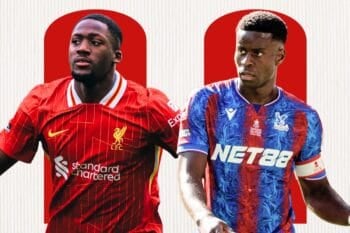


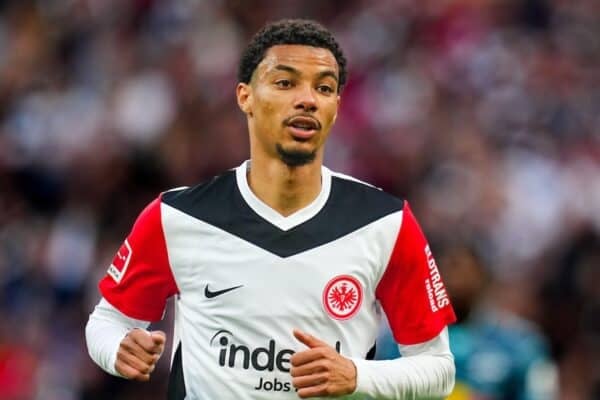
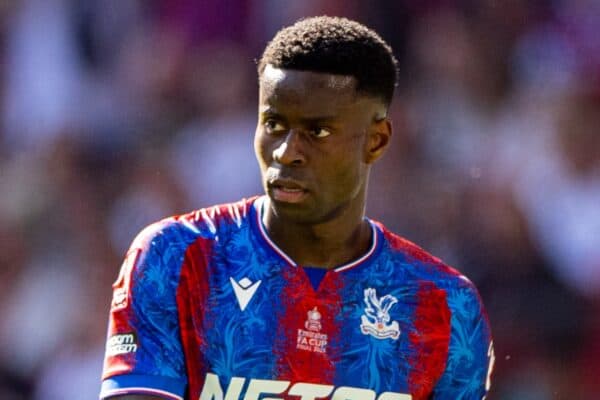

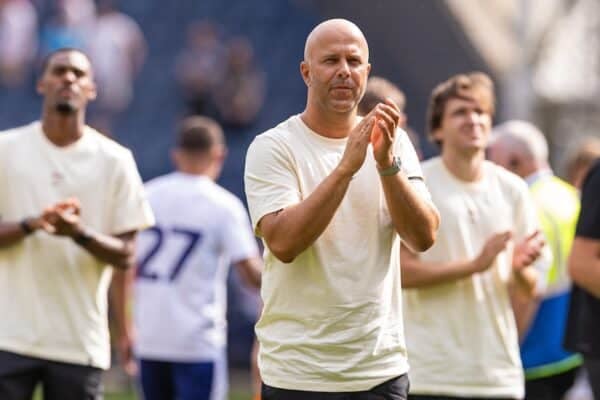
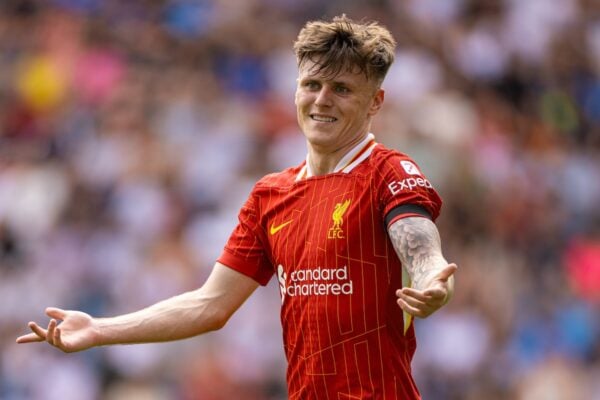
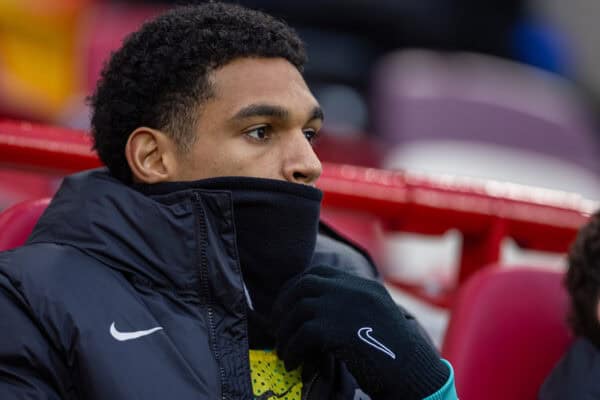
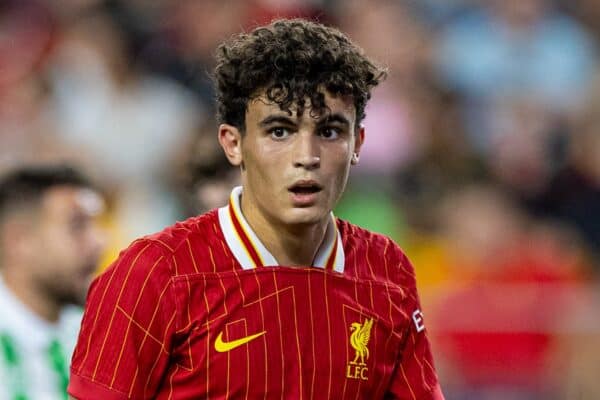
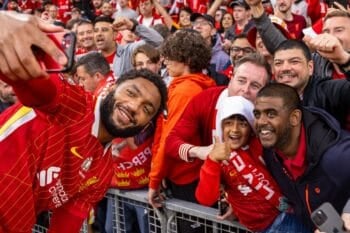
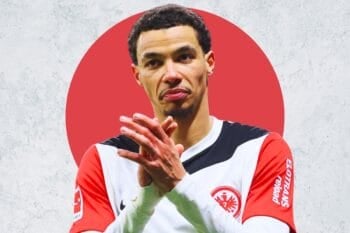

Fan Comments